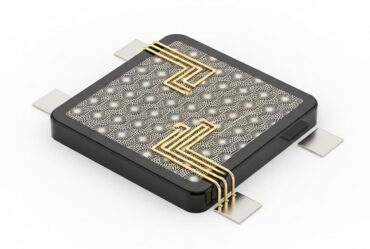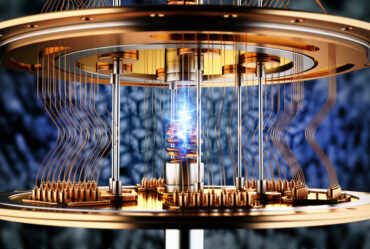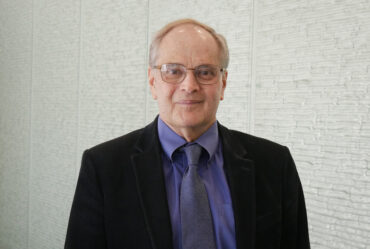Condensed Matter Theory
The condensed-matter theory group covers a broad range of topics that can roughly be divided into three areas: quantum condensed matter, photonics, and soft condensed matter.
Quantum condensed matter is concerned with situations where quantum physics and many-body interactions play a key role to create new physical phenomena. The interests of our theory group span the full range of this broad field – from the challenge of understanding experiments on specific materials to the abstract challenge of classifying possible new states which emerge in the presence of strong interaction. Specific focus areas are topological quantum matter, novel transport mechanisms in metals such as viscous electron fluids, non-fermi liquids, quantum spin liquids, quantum criticality, high temperature superconductivity, and, most recently, moire materials. Our theory effort is well integrated with the top quality experimental effort in quantum materials research at MIT, and there is great synergism in the flow of new concepts and new discoveries back and forth between the experimental and theory groups. Research on photonics is concerned with the physics of light, its behavior in nanostructured materials and its interactions with matter. The area of soft condensed matter uses statistical physics as its basic tool, both equilibrium and strongly out of equilibrium. This work is closely tied to that of the broader biophysics community at MIT and is described in greater detail under the biophysics section.
A different emerging area of interest among physicists in the department (cutting across many research groups) is the interface of physics and Artificial Intelligence (AI) . Our current interests are in the applications of AI for physics in general, and to photonics in particular.


















